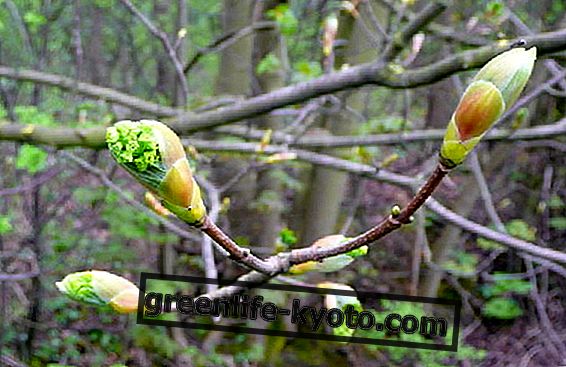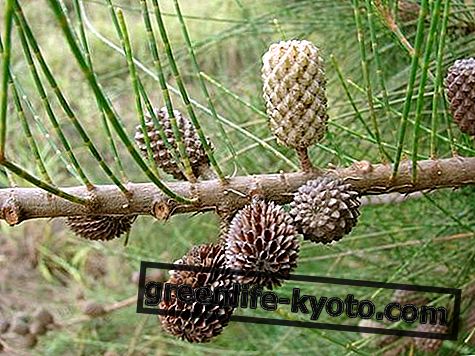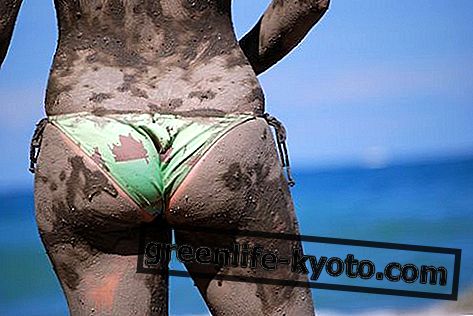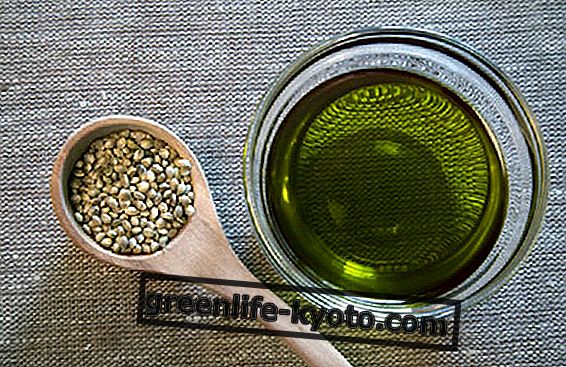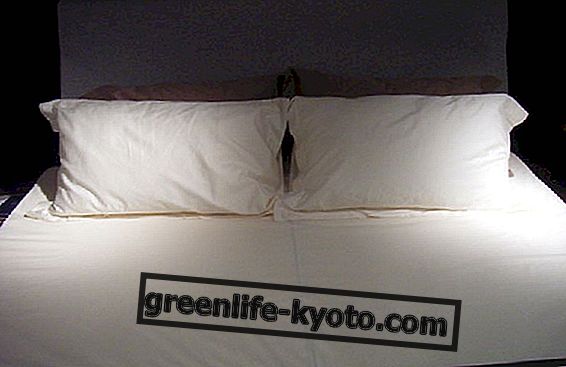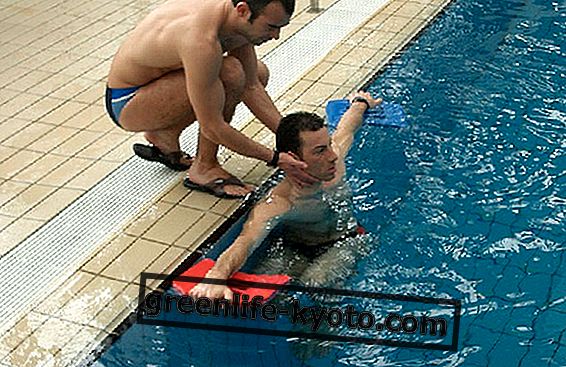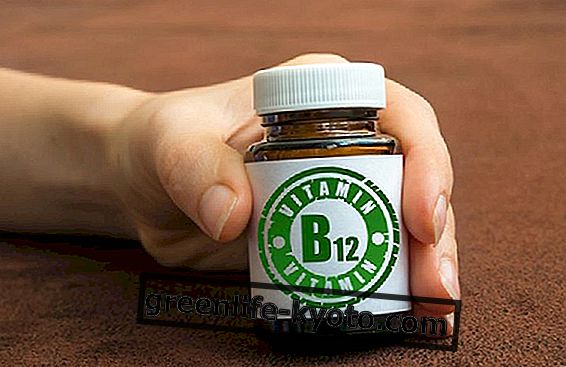What are lice
Millimetric parasitic insects, the head lice, scientifically known as Pediculus humanus capitis, are first of all different compared to animal lice, body lice, clothes and pubic lice.
The louse loves to feed on blood on clean, thick and well-washed heads ; widespread even in recent years, it even seems to have become more resistant to some substances or pyrethrum used to fight it.
Pediculosis, a lice infestation, does not look at anybody and, first of all, it is fought thanks to the correct communication : the mothers who remain silent out of shame or the families who foolishly hide the infestation from the rest of the community, do not do other than feeding its diffusion.
The louse lives well in a warm environment, at a temperature of 35/36 ° C and is transmitted mainly by direct contact between the heads or by use of common objects. Outside his "guest" the louse has a short life, does not fly and generally does not survive for more than three days . Hot water and ironing help eliminate the lice that eventually end up on your clothes.
Also read Neem oil against lice >>
Symptoms of the presence of lice
The itching or tickling in the head, especially in the nape of the neck and behind the ears, is the first symptom and the most common of pediculosis. Humans are allergic to the saliva injected by the lice when they suck the blood from the skin.
Itching means scratching, scratching can cause skin lesions, scratches or redness. The louse deposits its egg or nits about 4 millimeters from the skin.
Both the clear and whitish nits and the small animals can therefore be visible, thanks to a careful inspection, made also with a magnifying glass . For safety, if you have children who attend common spaces such as kindergartens, schools, summer camps, always check their heads a couple of times a month, in fact initially the symptoms described above may be mild or not yet noticeable, depending on the sensitivity of each one.
How to recognize lice and eggs
Lice and eggs develop initially in the nape area and behind the ears. Lice are a few millimeters long and greyish; the nits are to be found at a short distance from the scalp, holding on to the hair shaft, and are ivory-white in color, often confusable with dandruff.
There are also darker eggs, from which the nymph embryo will soon be released. The narrow-toothed comb, easily available at pharmacies or parapharmacies, remains a good tool for the treatment and removal of eggs and lice.
For more information, see: G. Bartolozzi . Head lice. Doctor and Child electronic pages . "Il Pidocchio. History, biology, medicine" by Carlo Gelmetti, Luciano Süss, Stefano Veraldi.
